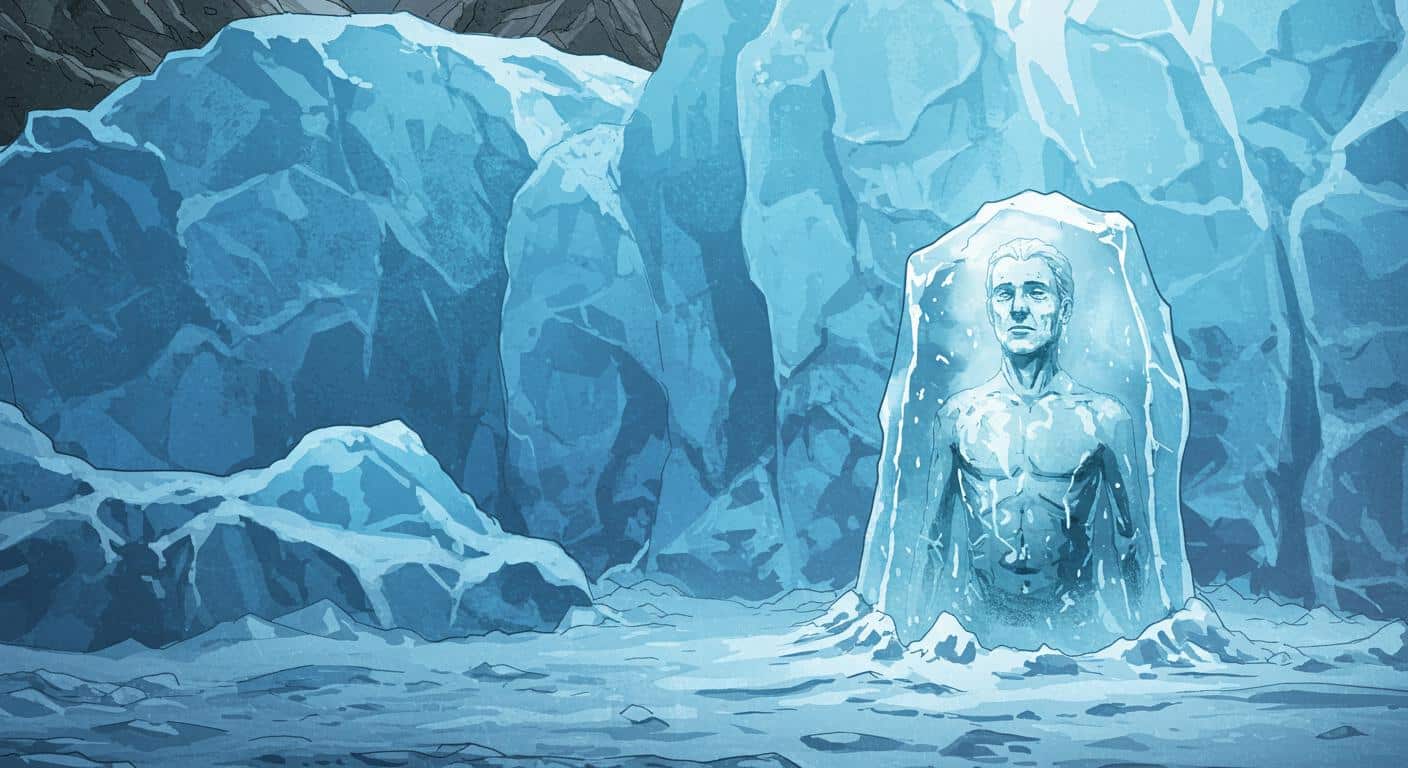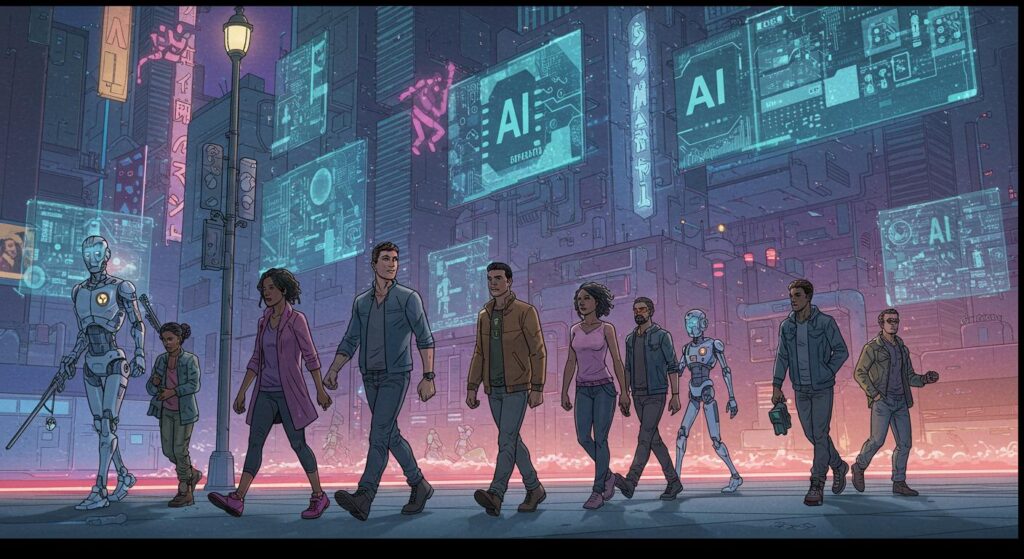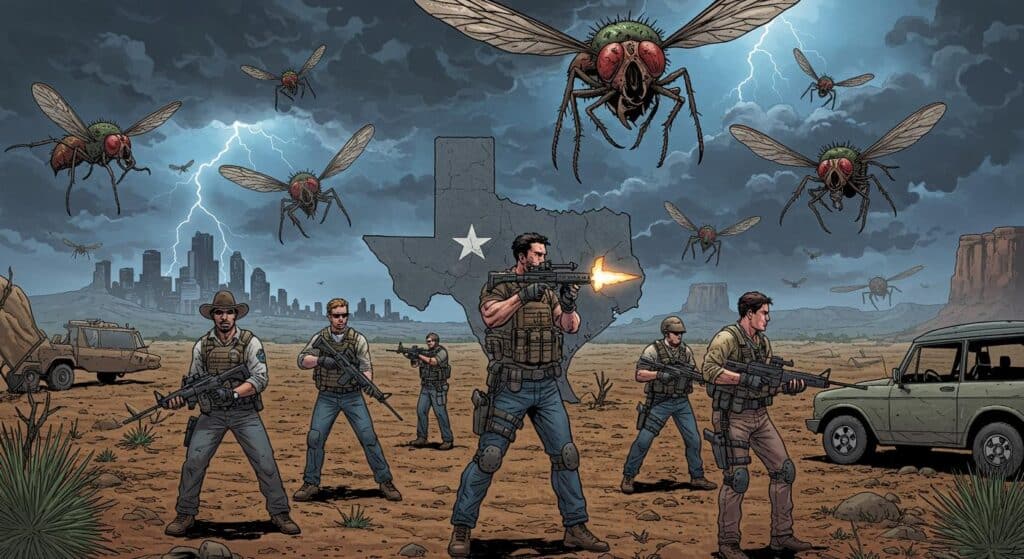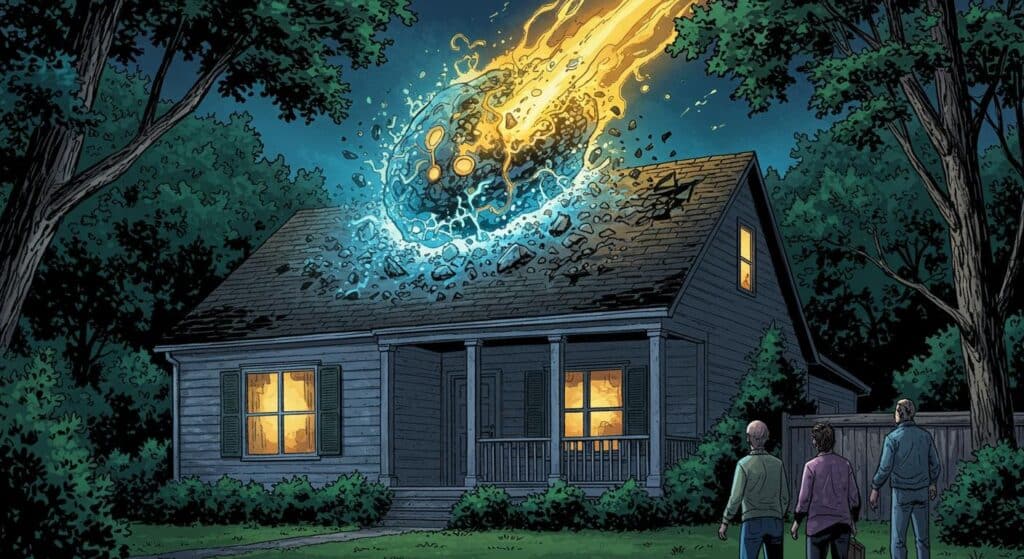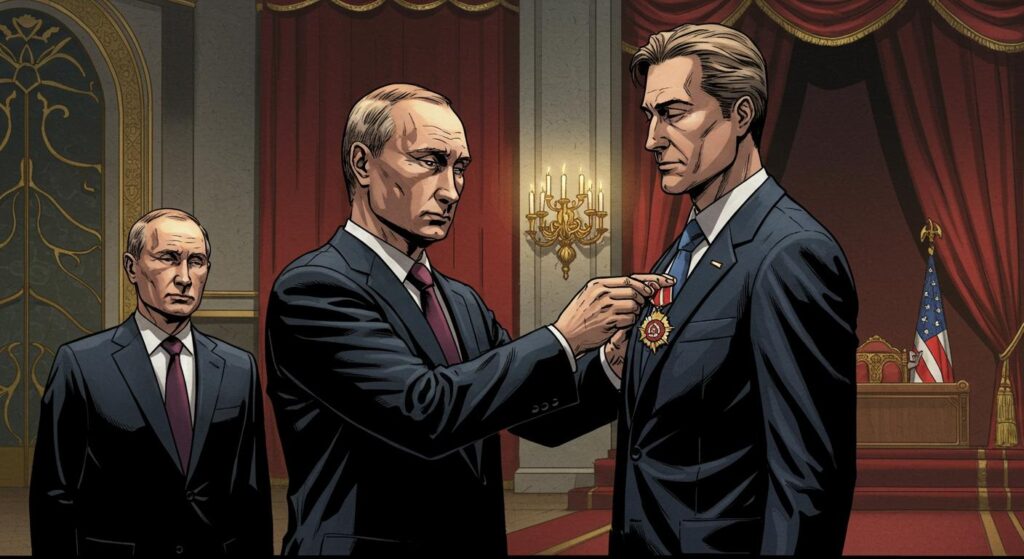Occasionally, history buries a mystery so well that you’d bet it would stay hidden forever—unless, of course, the planet has other ideas. Enter Naseeruddin, a father-of-two from rural Pakistan who, in 1997, disappeared into the clouds and cliffs of Kohistan, leaving only a cold case and a heap of family questions. Now, after nearly three decades, a melting glacier has delivered him back, body “completely intact,” according to stunned locals, with more than a few complications in tow.
A Disappearance Encased in Ice
The story reads like a prologue to a ghost story, but with the receipts to back it up. As the Mirror reports, Naseeruddin and his brother, Kathiruddin, were traveling on horseback through Lady Valley in June 1997. Family feuding was at a simmer, to put it mildly—so much so that the brothers took a remote, risk-filled route home to avoid conflict. Metro adds that after hearing gunfire, the two men split—Naseeruddin dashed into a cave and, much to his brother’s dismay, never came out. Searches came up cold. Not a scarf, not a boot.
For years, his only trace was absence. Then, in early August 2025, fate tapped a local shepherd, Umar Khan, for the unglamorous job of unearthing the past. According to both Metro and BBC Urdu, Khan stumbled upon a sight so pristine “what I saw was unbelievable. The body was intact. The clothes were not even torn.” The preservation was such that Naseeruddin’s ID card was still readable, and the features on his face instantly recognizable—almost as if all he needed was a warm meal and a less dramatic homecoming.
It took little more than a glance (and a police record check) for officers to confirm the identity. DNA tests were reportedly ordered for additional certainty, although, as the Mirror notes, family and close friends had no trouble recognizing him after all these years.
Glacier Science, Cryonics, and Real-Life Time Travel
If you’re wondering how someone could emerge from a glacier looking only a few winters older, blame physics and biology. Professor Muhammad Bilal, head of Islamabad University’s Environment Department, explained to LNGinNorthernBC that deep freeze halts normal decomposition: tissues preserve, bacteria are banished, and even fabric weathers the passage of time. The Mirror further details how a cocktail of extreme cold, low humidity, and little oxygen acts as nature’s own cryonics experiment—though, as Metro is quick to point out, actual resurrections remain solidly in the realm of speculative fiction.
The human body, Metro explains, simply can’t withstand even moderate temperature drops. By the time glacier conditions win the battle, death is all but certain, and the remains transform into a kind of mummified snapshot, like a 3D photograph with an expiration date measured in centuries.
Family Feuds and Community Ceasefires
If the freezing cold makes for good preservation, simmering feuds make for awkward funerals. Naseeruddin’s story isn’t just a lost-and-found oddity; it’s also the tale of two families whose rivalry cut deep enough that, as Metro recounts, even burying the long-lost son was nearly impossible. It reportedly took a jirga—an emergency tribal council meeting—to broker a nine-day “ceasefire” so Naseeruddin could be laid to rest in his home village of Saleh Khel, at last. Not your typical icebreaker, but needs must.
In a detail pointed out by Metro, Naseeruddin’s son, Naeem, summed up the decades of tension and displacement: “The pain of travelling to his native area with my father after so many years cannot be described in words.” He hadn’t visited in daylight for years, a testament to just how far the feud’s shadow stretched.
Melting Mysteries and Unanswered Questions
It’s tempting to treat a story like this as a rare anomaly—a once-in-a-century event that delivers closure and just enough drama to fill a few nightly news cycles. But as the Mirror notes, Naseeruddin’s case invites comparison to other glacier-bound returns, like that of American climber William Stampfl in Peru. If nature has a record-keeping system, it’s a gap-ridden, arbitrarily-labeled archive and the “returns” desk is unmanned, but still operational.
Was Naseeruddin’s fate sealed by falling into a glacier crack during a snowstorm, as police told both the Mirror and LNGinNorthernBC? Was it family drama, simple bad luck, or a combination that kept him isolated for so long—with only ice for company and preservation? The sources agree on the tragic basics, but what remains buried is a finer understanding of both the hows and whys.
It’s a curiosity wrapped in tragedy—one that reminds us how much remains hidden, not just under the world’s glaciers but under the slow, accumulating snowdrifts of unresolved family history. When something frozen this long suddenly reappears, what else might be waiting for the right combination of time and thaw?
In the end, Naseeruddin’s return is more than closure. It’s the world’s unwillingness to let every mystery stay melted, or every grudge fully dissolve. Some stories, it seems, just refuse to stay buried.

